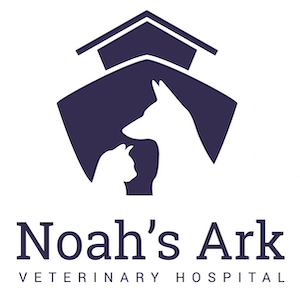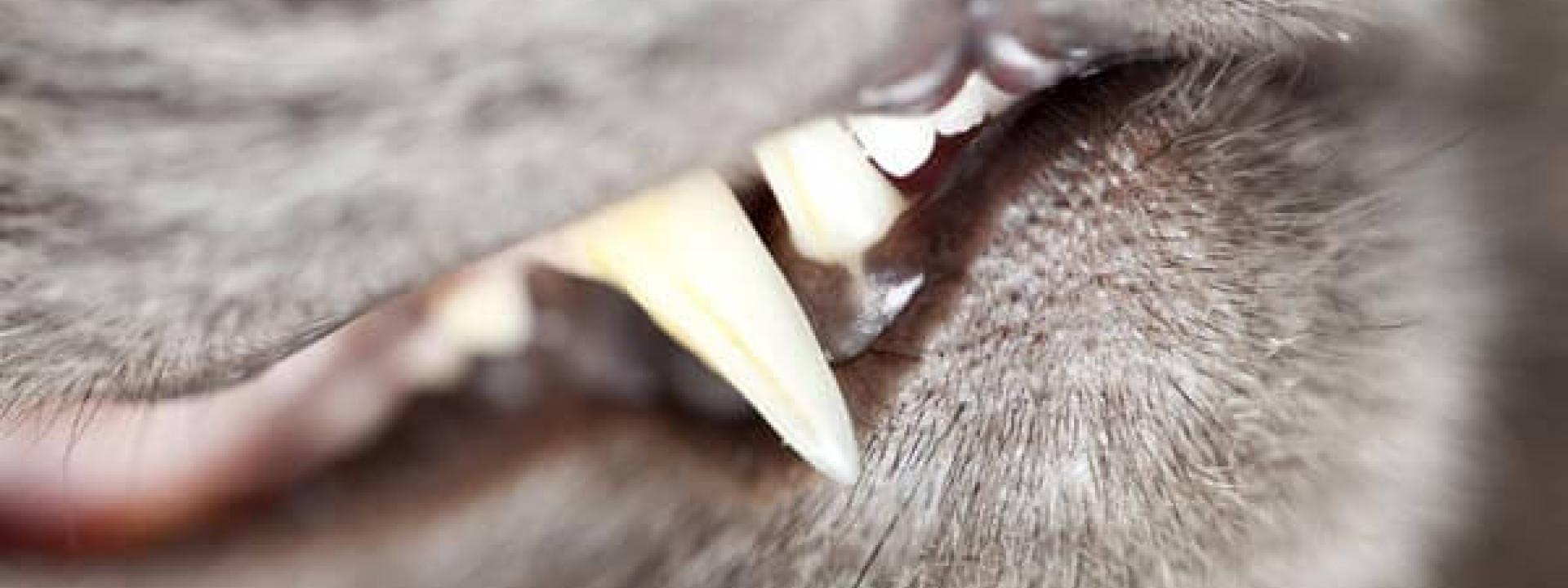Love your best friend, but can’t stand their bad breath? Despite what many pet owners may believe, “dog breath” is not just a nuisance— it can also be a sign of an unhealthy mouth. Dental hygiene is an important part of your pet’s health because dental disease can also lead to other serious health problems, like heart disease and kidney disease. But how do you know if your pet has a healthy mouth? We’ll examine your pet’s teeth and gums to help determine if there are any dental issues that need treatment
Pet Dental Problems: Common and Preventable
Pets aren’t always known for having the freshest breath. While every pet can occasionally get bad breath, it isn’t normally a cause for concern. Particularly bad breath, however, should never be ignored. It can often be a symptom of other issues, like halitosis, or a sign of periodontal (gum) disease, which is the most common health problem in cats and dogs. In fact, without regular upkeep of their oral health, many dogs and cats will develop periodontal disease by the age of three. Not only can this cause pain for your pets, it can also lead to serious, life-threatening complications down the line.
Luckily, the causes, symptoms, and treatments of periodontal disease in pets are well understood. With a few simple habits to maintain your pet’s oral health, you can save on both discomfort and dental care bills.
How Periodontal Disease Develops
The bacteria in a pet’s mouth usually maintains a certain balance to remain healthy. But sometimes new bacteria can be introduced into your pet’s mouth – through eating, sickness, or other dental issues – and disturb that balance. Leaving any of the following conditions untreated can begin a cycle that leads to gum disease:
Plaque Formation
Through daily eating, drinking, grooming, and bacterial growth, a clear-colored film called plaque forms on the teeth.
Tartar Buildup
If left to build up, plaque hardens into a yellow or brown substance called tartar.
Gum Irritation
Tartar can irritate the surrounding gums, making them tender, red, and swollen. This allows bacteria to thrive, progressing the disease further.
Advanced Periodontal Disease
The gums eventually pull away from the teeth and bleed. This creates pockets that trap food and allow for even more bacteria to settle in. The roots of the teeth can become exposed, teeth can come loose, and your pet may experience pain that keeps them from eating, drinking, grooming, or resting comfortably.
Other Health Complications
If the gums are bleeding, it means there is an opportunity for oral bacteria to enter the bloodstream and potentially threaten your pet’s heart, liver, lungs, or kidneys.
Pet Dental Problems: Common and Preventable
Pets aren’t always known for having the freshest breath. While every pet can occasionally get bad breath, it isn’t normally a cause for concern. Particularly bad breath, however, should never be ignored. It can often be a symptom of other issues, like halitosis, or a sign of periodontal (gum) disease, which is the most common health problem in cats and dogs. In fact, without regular upkeep of their oral health, many dogs and cats will develop periodontal disease by the age of three. Not only can this cause pain for your pets, it can also lead to serious, life-threatening complications down the line.

